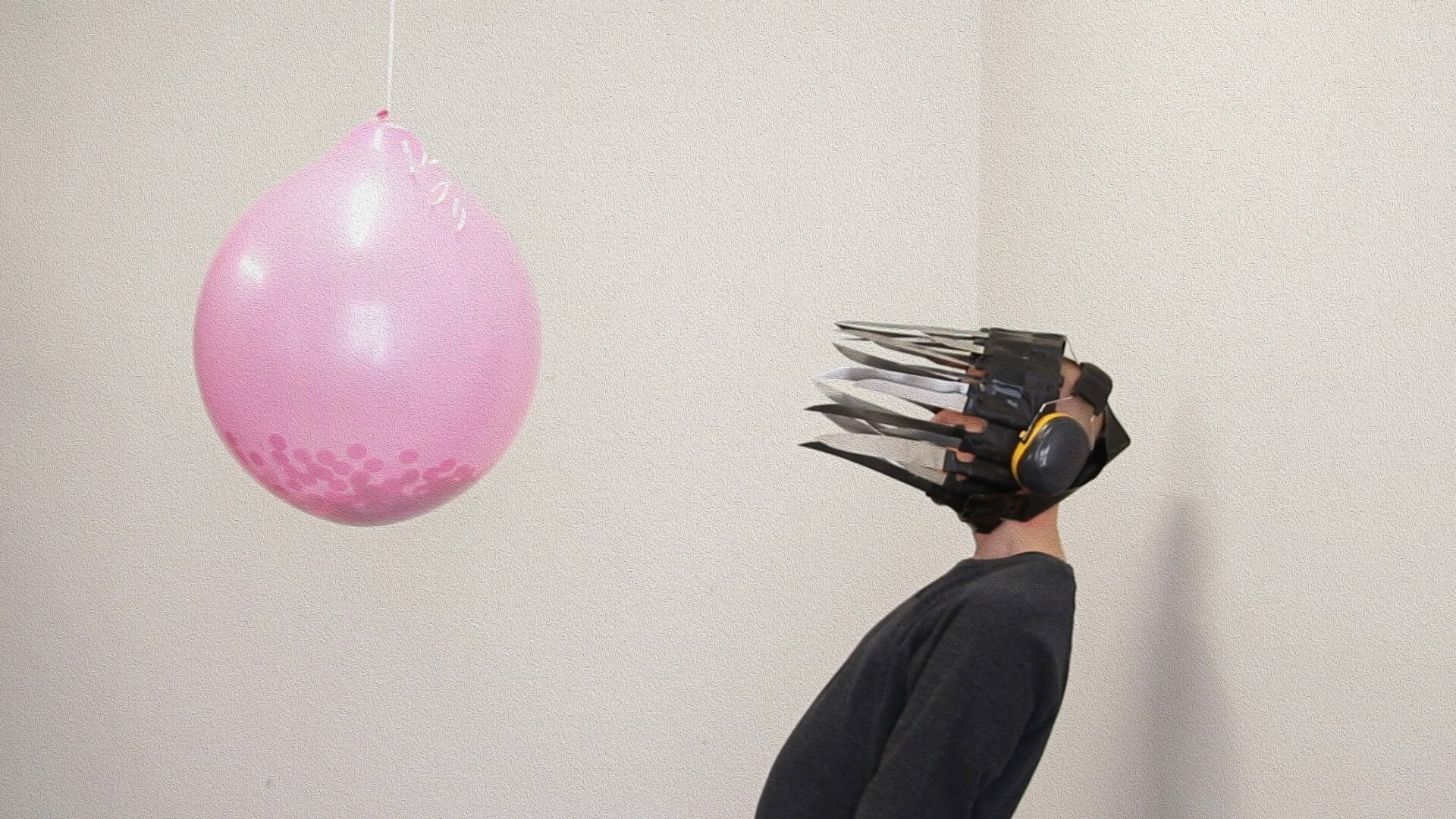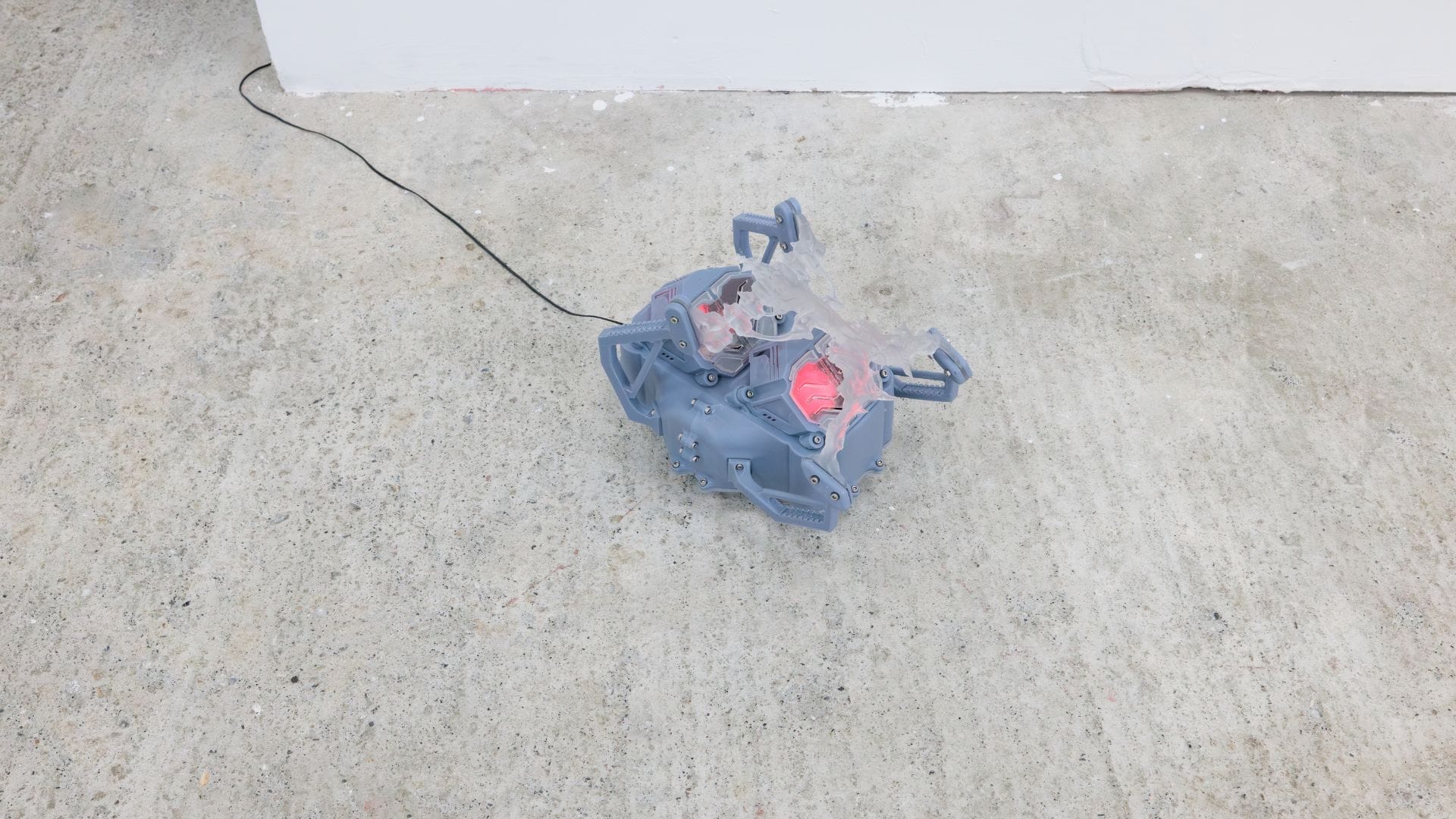
Tradition and Innovation: The Venice Biennale Opens Its Doors Again
This year, as in years past, the Venice Biennale—officially known as La Biennale di Venezia—will once again open its doors. This international cultural festival first took place in Venice, Italy in 1895, organized by the Venetian city council to mark the silver anniversary of King Umberto I and Margherita of Savoy. The inaugural International Art Exhibition quickly rose to prominence and established itself as a pivotal event in the evolution of contemporary art.
From its early days, the Biennale was designed as a showcase of contemporary art with an international scope, drawing artists from around the world to exhibit their works in a city already renowned for its historical and artistic heritage. Over the decades, it expanded beyond visual art to include architecture, cinema, dance, music, and theatre, making it one of the most comprehensive cultural events on the international calendar.
The Biennale’s history is a mirror reflecting the changes in artistic trends and political climates over the past century. Each edition of the Biennale has been marked by its own thematic focus, which has often responded to the global socio-political context.
The Venice Biennale is poised to launch another edition filled with innovations and cultural promises. During the last press conference held by president Roberto Cicutto, the role of the Biennale as a critical window on global dynamics through artistic and cultural expression was emphasized. The event, which will run from April 20 to November 24, 2024, will see Adriano Pedrosa at the helm as the first South American and member of the queer community to be the artistic director.
This year, the sixtieth edition carries the theme “Strangers Everywhere,” inspired by the work of the artistic collective Claire Fontaine, which began exploring this theme in 2004. The concept of “stranger” is used to explore the identity of each individual and their perception in different contexts, with a particular focus on artists from the “Global South,” a definition that includes regions often overlooked and marginalized geopolitically.
Embracing Diversity and Artistic Dialogue: The Biennale Highlights Inclusion and Cultural Representation
This year’s event focuses deeply on inclusion and cultural representation, promising an edition that aims not only to reflect current socio-political realities but also to celebrate aesthetics and beauty in global art, as highlighted by Pedrosa.
For the 2024 edition, the Venice Biennale reaffirms itself as an essential event in the international artistic panorama. The historic spaces of the Arsenale and the Giardini will host the main exhibition, while the city of Venice will be enriched with an additional thirty collateral events and a special exhibition at Forte Marghera, where works by Nedda Guidi, an important Italian artist, will be displayed. The choice to focus on Nedda Guidi reflects the organizers’ intention to highlight significant figures in Italian art history, while also providing a prominent platform for often less explored voices.
Under the direction of Adriano Pedrosa, the exhibition “Strangers Everywhere” will explore the theme of otherness through two main sections: one dedicated to contemporary expressions and the other revisiting historical contexts. This year, the selection is particularly broad and varied, featuring over 330 artists from different parts of the world, representing a range of identities such as immigrants, refugees, exiles, indigenous people, and members of the queer community, all connected by the common thread of marginalization and being considered ‘strangers’. This theme of otherness, particularly relevant in the current context, aims to stimulate deep reflection on the cultural and social shifts that characterize our time, emphasizing the importance of inclusion and intercultural dialogue.
Among the artists invited for this edition: Pacita Abad, Mariam Abdel-Aleem, Etel Adnan, Sandy Adsett, Affandi, Zubeida Agha, Dia al-Azzawi, Claudia Alarcón & Silät, Rafa al-Nasiri, Miguel Alandia Pantoja, Aloïse, Giulia Andreani, Claudia Andujar, María Aranís Valdivia, Aravani Art Project, Iván Argote, Karimah Ashadu, Dana Awartani, Aycoobo (Wilson Rodríguez), Margarita Azurdia, and many others.
Sound and Silence: Massimo Bartolini’s ‘Due qui / To Hear’ Elevates Listening
For the 2024 edition of the Venice Biennale, Massimo Bartolini will be the highlighted artist in the Italian pavilion with a particularly immersive project titled “Due qui / To Hear”. This work, promoted by the Directorate-General for Contemporary Creativity of the Ministry of Culture and curated by Luca Cerizza with the assistance of Francesca Verga, invites visitors to a unique experience that elevates listening as a tool for deep self-knowledge and understanding of others. Bartolini’s work is a sound and environmental installation that transforms the pavilion into a place for reflection and human connection. Through a journey alternating between empty and filled spaces, movements and pauses, the audience is led to unexpected encounters with works and installations of a sonic and performative nature. This sensory journey not only stimulates listening but also contemplation, promoting intercultural dialogue through expressions that embrace both Italian and universal traditions. The significance of “Due qui / To Hear” has also been emphasized by the president of the Biennale, Roberto Cicutto, and the Minister of Culture, Gennaro Sangiuliano, who both highlighted the transformative power of listening in the artistic and social spheres. The project aims to create temporary communities united by the shared experience of sound, thus facilitating a space for collective and personal reflection. Moreover, the Italian pavilion offers a rich program of collateral events curated by Cerizza in collaboration with Gaia Martino, which include conferences, musical performances, readings, and conversations, all focused on the theme of listening and its human, social, spiritual, and ecological relevance.
fakewhale
Founded in 2021, Fakewhale advocates the digital art market's evolution. Viewing NFT technology as a container for art, and leveraging the expansive scope of digital culture, Fakewhale strives to shape a new ecosystem in which art and technology become the starting point, rather than the final destination.
You may also like
Fakewhale in dialogue with Marlon Nicolaisen
Marlon Nicolaisen‘s practice focuses on a wide range of themes that span the digital and nat
The Sigg Art Foundation: Curating Global Cultural Synergies
In the contemporary art world, a nuanced evolution is taking place as artists quietly yet assertivel

In conversation with Jan Hakon Erichsen
In this episode of Fakewhale Live, host Jesse Draxler chats with Norwegian performance artist Jan Ha



